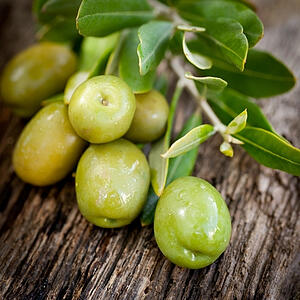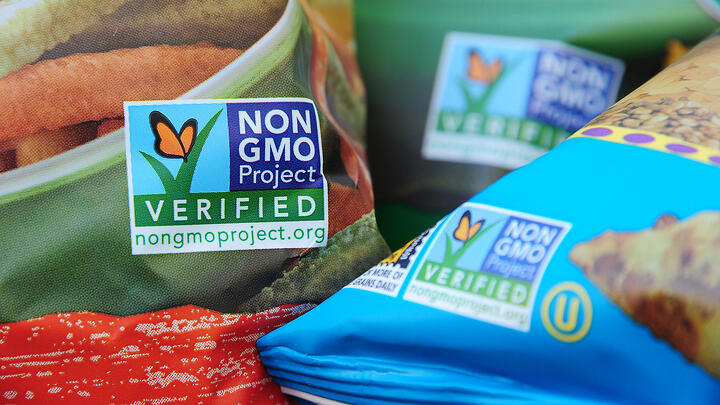Chances are that if you work in the food industry (or if you’ve gone grocery shopping in the last year), you’ve seen the non-gmo project’s colorful butterfly seal.
But… in case anyone is new to the food industry, or you are just now looking at getting your product Non-GMO Project Verified, I’d like to do a quick review of this quality seal — what it means, and what you can expect if you want to get your product Non-GMO Project Verified™.
The Non-GMO Project Verification

The Non-GMO Project Verified™ seal is offered by the Non-GMO Project, an independent non-profit verifier. By applying their seal to a product, they aim to show which products have used industry best-practices for GMO avoidance.
Their seal helps consumers to understand which products have been documented to be non-GMO, and which may still be using conventional or unverified ingredients.
To review if a product is qualified to receive the Non-GMO Project Verified seal, they will review 3 main quality control topics (very similar to what the USDA organic seal reviews):
- Ingredients / Supply Chain
- Facility / Manufacturing
- Product Packaging
Ingredients
To get your product Non-GMO Project Verified, the first thing you will need to show is a documented paper chain that proves that inputs are non-gmo. In the start of this process, you’ll to first categorize if each ingredient is either low risk or high risk category for GMO contamination.
Low Risk Ingredients
 Products that are low risk are often those that don’t have any genetically modified counterpart available — for example, olive oil is naturally non-gmo and there are no “genetically modified” versions available in the world.
Products that are low risk are often those that don’t have any genetically modified counterpart available — for example, olive oil is naturally non-gmo and there are no “genetically modified” versions available in the world.
These are the easiest ingredients to use if you want a simple verification process. In the simplest terms, they simply sign off on these ingredients because there is no chance of GMO contamination.
High Risk Ingredients
High risk ingredients are those that are documented non-GMO, but there GMO varieties available in the world.
A great example of a high risk ingredient would be canola oil — most of the canola oil grown in the world is genetically modified — that has become the standard over the last 50 years in the food industry.

However, there is seed available that is non-gmo, and it is highly monitored, tested and documented to ensure that there is no cross contamination with GMO seeds (which can happen in the wind when a GMO and non-GMO farm are located close to one another).
Any ingredient in the high risk category goes through an individual auditing process at the processing plant along with any testing possible to show that it was produced using the best gmo avoidance practices possible. It also requires further documentation in your facility once it arrives.
In comparison to low-risk ingredients, these high risk inputs require a lot more paperwork and documentation to sign off on. All of this paperwork documents the quality checks that are in place that confirm that the ingredient is in fact non-gmo and that no cross contamination occurred.
Facility

Similar to the USDA Organic Seal, the Non-GMO Project requires a facility audit to show that in-depth traceability and cross contamination avoidance practices are in place in the facility, and that all of these processes have been documented.
The Non-GMO Project will do an in-person audit, to review all of your written quality processes, your facility, your equipment lines, etc. before they will sign off on your product.
Product Packaging

The Non-GMO Project has certain requirements for packaging if you are going to put their seal on your product. For example, your product can not say “GMO Free” anywhere on it, because this is not wording that they are comfortable with or that they can guarantee.
They also have requirements for the sizing and colors used in their labels, so make sure your marketing department fully understands all of the details before moving forward with designing any packaging.
Organic = Non-GMO But Non-GMO ≠ Organic
Keep in mind that products that are organic certified are automatically non-gmo (by definition, organic products can not contain GMO ingredients), but non-GMO products are not automatically organic.
Therefore, if you are already certified organic (or if your facility has been certified organic), it will be much easier to become Non-GMO Project Verified, because you should already have the traceability measures in place in your facility that you will need.
Topics: Non-GMO












